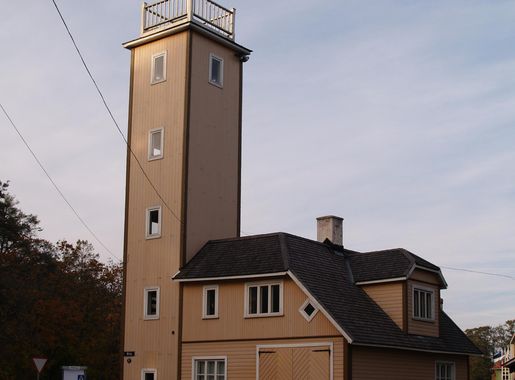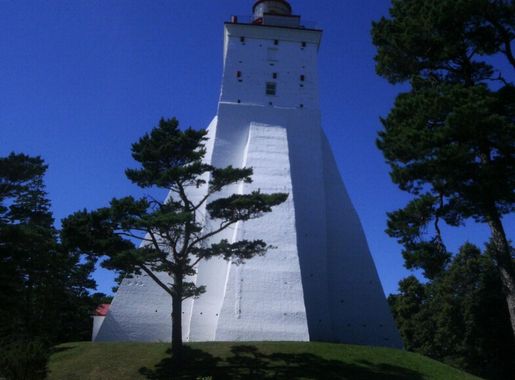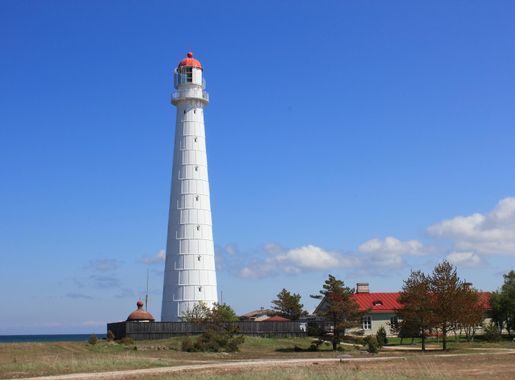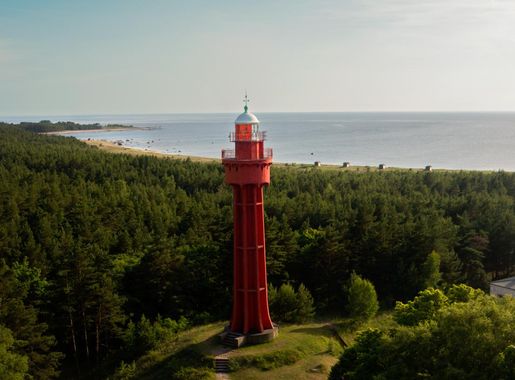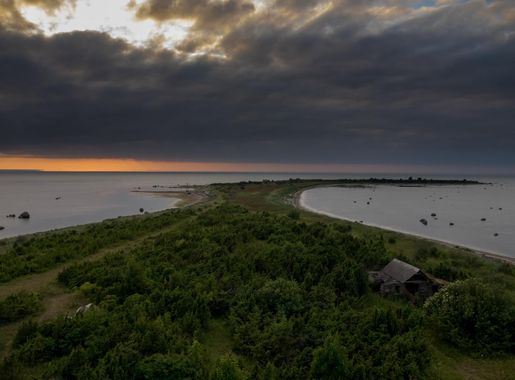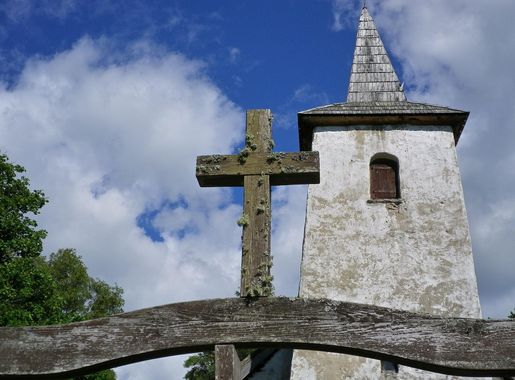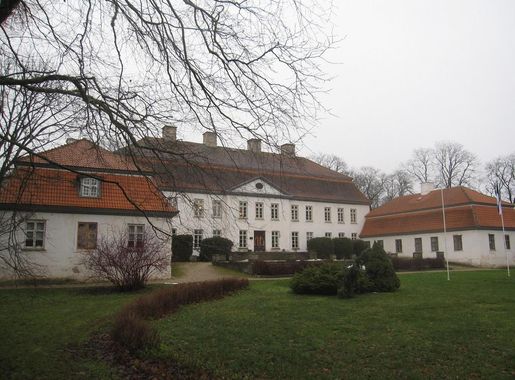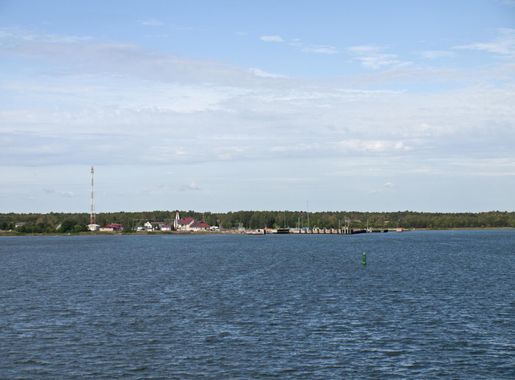
Hiiumaa Island: Estonia's Tranquil Haven
Discover Hiiumaa Island: Estonia's serene escape with lush forests, sandy beaches, historic sites, and fresh seafood, perfect for nature lovers and adventure seekers.
Hiiumaa Island, located in the Baltic Sea, is a hidden gem of Estonia. This serene island is the second-largest island in the country and offers a peaceful escape from the hustle and bustle of city life. Known for its unspoiled nature, Hiiumaa is a perfect destination for nature lovers, hiking enthusiasts, and anyone looking to reconnect with the great outdoors. The island's landscape is a mix of lush forests, sandy beaches, and picturesque coastal lines. One of the island's most famous landmarks is the Kõpu Lighthouse, one of the oldest lighthouses in the world, which provides breathtaking views of the surrounding sea and forests. Hiiumaa also boasts quaint villages and historical sites, including the medieval Pühalepa Church and the Kassari Chapel. For those who enjoy water activities, Hiiumaa offers excellent opportunities for sailing, kayaking, and fishing. The island's clear waters and diverse marine life make it a great spot for snorkeling and diving as well. Bird watchers will be delighted with the variety of bird species that can be spotted here, especially during the migration seasons. Hiiumaa's local cuisine is a must-try, with fresh seafood being a highlight. The island's small, cozy restaurants serve delicious dishes made from locally sourced ingredients, providing a taste of authentic Estonian flavors. Visitors can also explore local crafts and buy unique souvenirs made by artisans on the island. Whether you're looking to relax on a quiet beach, explore scenic trails, or immerse yourself in local culture, Hiiumaa Island has something for everyone. Its peaceful atmosphere and natural beauty make it a perfect getaway for a rejuvenating holiday.
Local tips in Hiiumaa Island
- Visit during the summer months to enjoy the best weather and outdoor activities.
- Rent a bike to explore the island's scenic trails and charming villages.
- Check the local ferry schedules in advance, as they can vary by season.
- Bring cash, as some small local shops and restaurants may not accept cards.
- Try the local smoked fish dishes, a delicacy unique to the island.
Hiiumaa Island: Estonia's Tranquil Haven
Hiiumaa Island, located in the Baltic Sea, is a hidden gem of Estonia. This serene island is the second-largest island in the country and offers a peaceful escape from the hustle and bustle of city life. Known for its unspoiled nature, Hiiumaa is a perfect destination for nature lovers, hiking enthusiasts, and anyone looking to reconnect with the great outdoors. The island's landscape is a mix of lush forests, sandy beaches, and picturesque coastal lines. One of the island's most famous landmarks is the Kõpu Lighthouse, one of the oldest lighthouses in the world, which provides breathtaking views of the surrounding sea and forests. Hiiumaa also boasts quaint villages and historical sites, including the medieval Pühalepa Church and the Kassari Chapel. For those who enjoy water activities, Hiiumaa offers excellent opportunities for sailing, kayaking, and fishing. The island's clear waters and diverse marine life make it a great spot for snorkeling and diving as well. Bird watchers will be delighted with the variety of bird species that can be spotted here, especially during the migration seasons. Hiiumaa's local cuisine is a must-try, with fresh seafood being a highlight. The island's small, cozy restaurants serve delicious dishes made from locally sourced ingredients, providing a taste of authentic Estonian flavors. Visitors can also explore local crafts and buy unique souvenirs made by artisans on the island. Whether you're looking to relax on a quiet beach, explore scenic trails, or immerse yourself in local culture, Hiiumaa Island has something for everyone. Its peaceful atmosphere and natural beauty make it a perfect getaway for a rejuvenating holiday.
When is the best time to go to Hiiumaa Island?
Iconic landmarks you can’t miss
Haapsalu Castle
Explore the medieval charm and rich history of Haapsalu Castle, a captivating museum and tourist attraction in Estonia's scenic coastal town.
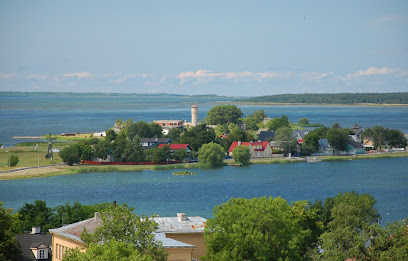
Alpakafarm OÜ
Discover the enchanting world of alpacas at Alpakafarm Ú in Pärnu County, where family fun meets sustainable farming and local craftsmanship.
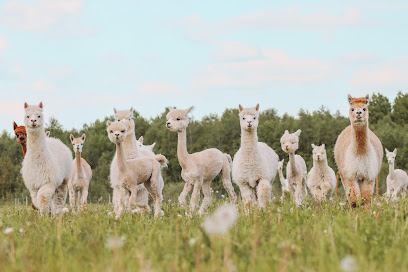
Tahkuna lighthouse
Discover the historic Tahkuna Lighthouse on Hiiumaa Island, a stunning landmark offering breathtaking views and a glimpse into Estonia's maritime heritage.
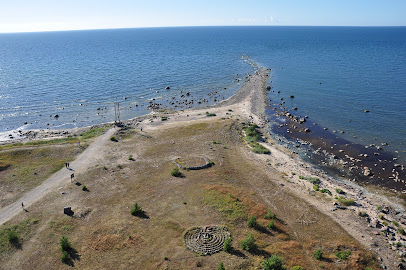
Tuletorni kohvik (Lighthouse Cafe)
Experience the perfect blend of local flavors and stunning coastal views at Tuletorni Kohvik near Kõpu Lighthouse in Hiiu County.
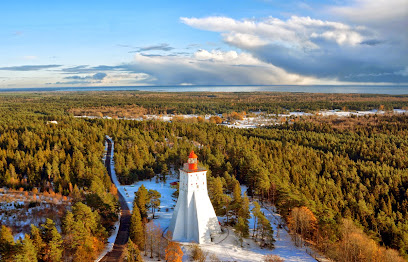
Wooden copy of the Eiffel Tower
Discover the whimsical Wooden Eiffel Tower in Reigi, a charming replica surrounded by stunning nature, offering unique views and delightful experiences.
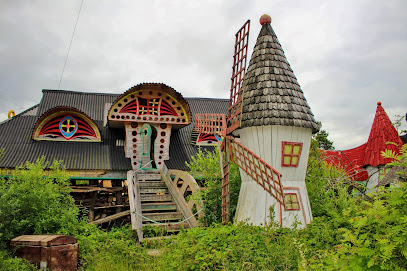
Angla Windmill Park
Explore Angla Windmill Park, where Estonia's rich heritage meets stunning landscapes in Saare County's picturesque countryside.
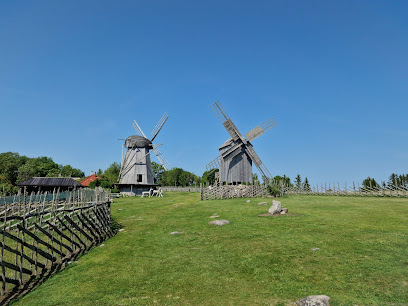
Elamuskeskus Tuuletorn - Windtower Experience
Experience the rich heritage and culinary delights of Elamuskeskus Tuuletorn, a must-visit museum and café in beautiful Hiiu County, Estonia.
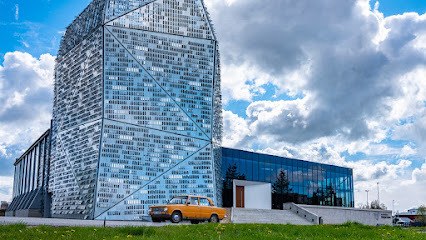
Ristna lighthouse
Experience the beauty and history of Ristna Lighthouse on Hiiumaa Island, a stunning coastal gem in Estonia's Baltic Sea.

Hiiumaa Military Museum
Discover the captivating military history of Estonia at the Hiiumaa Military Museum, a must-visit attraction on Hiiumaa Island.
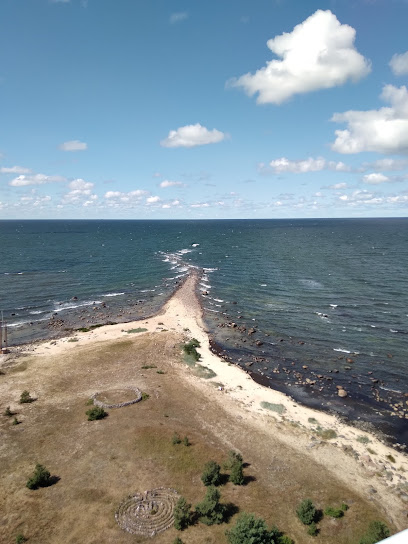
Hiiumaa
Experience the serene beauty of Hiiumaa, Estonia's enchanting island, where nature meets rich maritime history and charming villages await exploration.
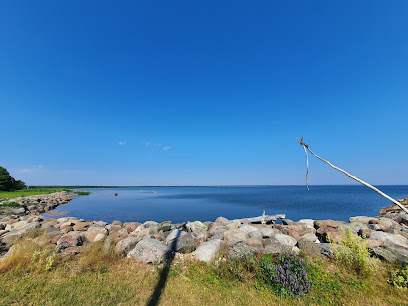
RMK Tõrvanina camping
Experience the serene beauty of Hiiu County at RMK Tõrvanina Camping, perfect for families and nature lovers seeking adventure and relaxation.
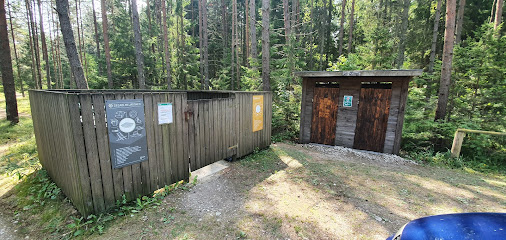
Sõru sadam
Discover Sõru Sadam, the picturesque ferry service in Hiiu County, Estonia, connecting you to the stunning islands of the Baltic Sea.
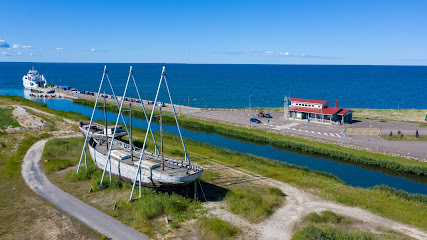
Vaemla villavabrik
Explore the rich textile heritage and craft traditions at Vaemla Villavabrik, a unique museum and craft store in Hiiu County, Estonia.
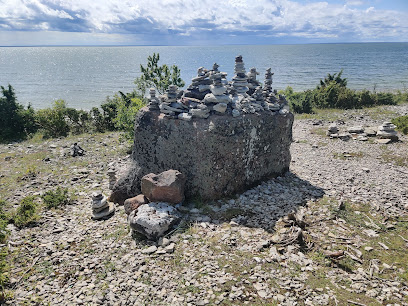
Pädaste Manor - a small luxury retreat & spa
Discover luxury and tranquility at Pädaste Manor, a stunning retreat nestled in the heart of Saare County, Estonia.

Meite Möte
Experience the essence of Estonian cuisine at Meite Möte in Hiiu County, where local flavors meet a cozy atmosphere.
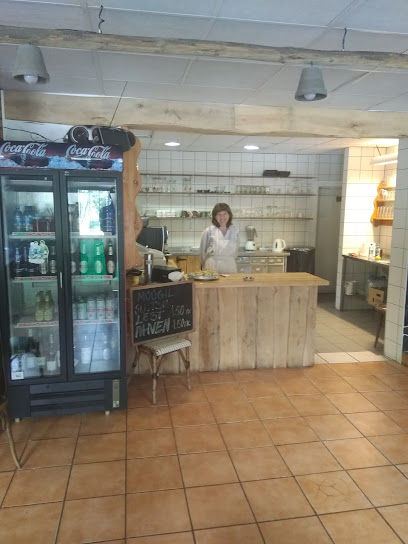
Unmissable attractions to see
Tahkuna lighthouse
Discover the majestic Tahkuna Lighthouse, a historical gem offering stunning views and rich maritime heritage on Estonia's scenic Hiiumaa Island.
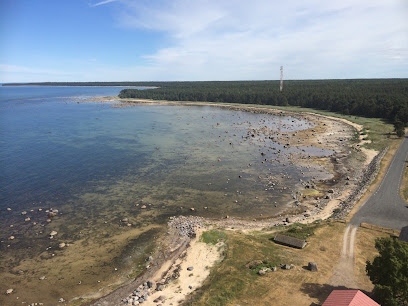
Wooden copy of the Eiffel Tower
Experience the charm of Hiiu County's wooden Eiffel Tower replica, a unique attraction blending culture and stunning nature in Estonia.
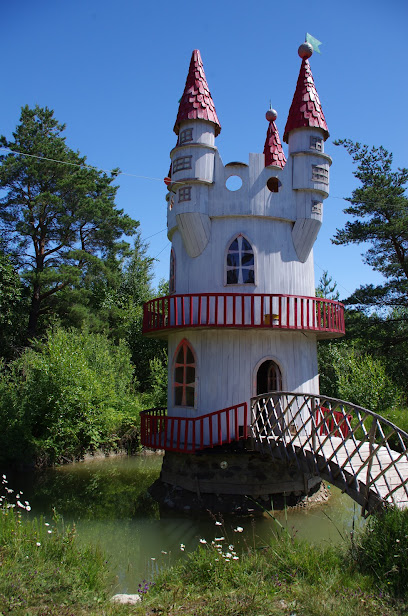
Elamuskeskus Tuuletorn - Windtower Experience
Explore Elamuskeskus Tuuletorn, a unique museum experience in Hiiu County, featuring interactive exhibits, a café, and event planning services for all occasions.
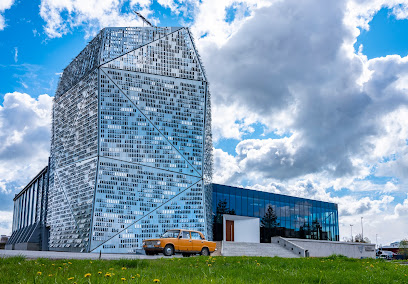
Suuremõisa mansion
Explore the stunning Suuremõisa Mansion, a historical gem in Hiiu County showcasing exquisite architecture and rich cultural heritage.
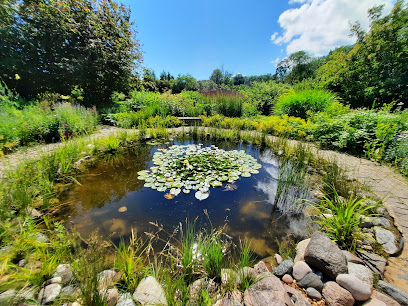
Ristna lighthouse
Explore Ristna Lighthouse, a historic landmark on Hiiumaa Island offering breathtaking views and a glimpse into Estonia's maritime heritage.
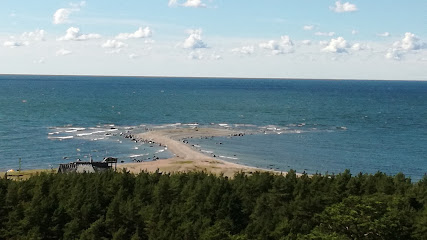
Hiiumaa Military Museum
Explore the rich military history of Estonia at Hiiumaa Military Museum, a captivating attraction in the serene Tahkuna region of Hiiumaa.
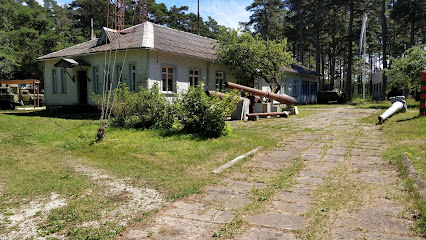
Kõpu Tuletorn
Explore the historic Kõpu Lighthouse, one of the oldest in the world, offering stunning views and rich maritime heritage on Hiiumaa Island.
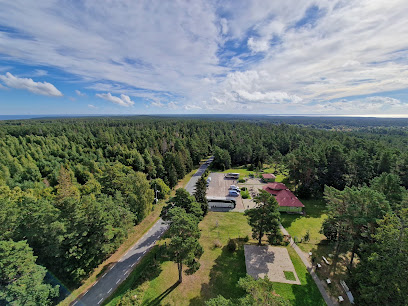
Sääre tirp
Sääre Tirp: Explore the breathtaking coastal views and rich biodiversity of this scenic gem in Hiiumaa, Estonia.
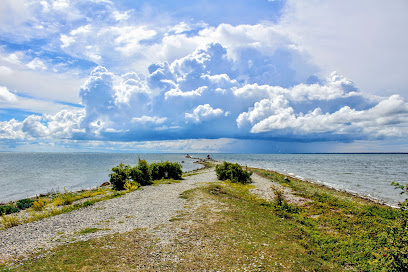
Vaemla villavabrik
Discover the rich heritage of wool crafting at Vaemla Villavabrik, a charming attraction in Estonia's Hiiu County, blending tradition and craftsmanship.
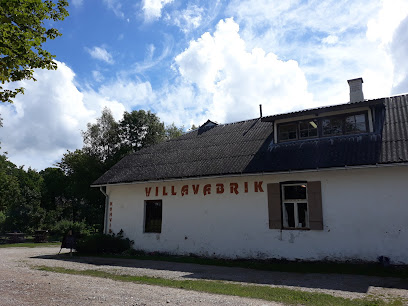
Hiiumaa Muuseumi Pikk Maja
Explore Hiiumaa's history and culture at Hiiumaa Muuseumi Pikk Maja, the island's premier museum showcasing its rich heritage.
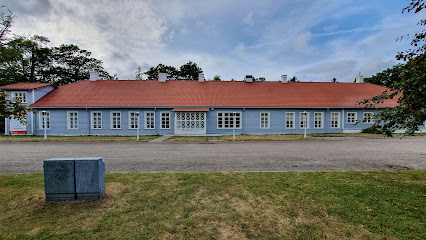
The Cross Hill
Discover the serene beauty and spiritual significance of The Cross Hill in Hiiu County, Estonia, a must-visit destination for every traveler.
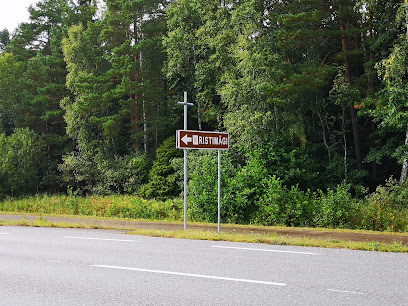
Kallaste pank
Discover the breathtaking beauty of Kallaste Pank, a stunning coastal cliff that defines Estonia's natural charm and allure.
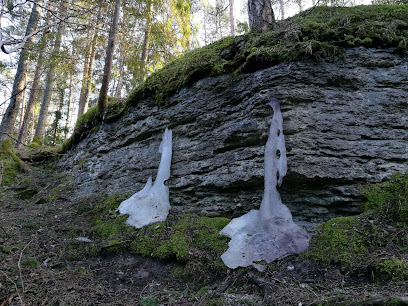
Kaibaldi liivik
Discover the tranquil beauty of Kaibaldi Liivik, a nature preserve in Hiiu County offering stunning landscapes and rich biodiversity.
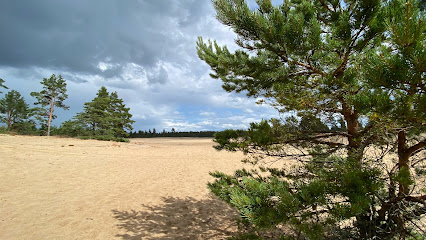
Arteesiakaevud
Explore the enchanting Artesian Wells of Arteesiakaevud in Kärdla, Hiiu County, a serene destination for nature lovers and history enthusiasts.
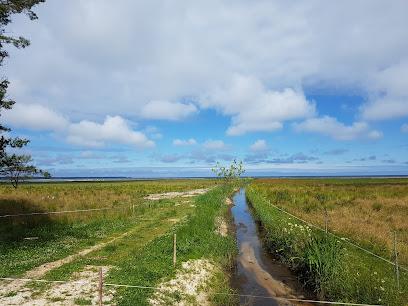
Ristna lõunaneem
Experience the tranquil beauty of Ristna lõunaneem, a stunning wildlife refuge in Hiiu County, Estonia, perfect for nature lovers and adventure seekers.

Essential places to dine
Rannapaargu restaurant
Experience authentic Estonian cuisine in Kärdla's charming Rannapaargu Restaurant—where local flavors meet warm hospitality.
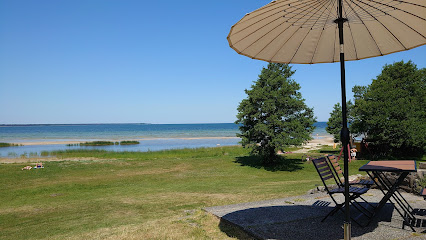
Mamma Mia Pizzeria Italiana & Guesthouse
Experience authentic Italian cuisine at Mamma Mia Pizzeria Italiana & Guesthouse in Kärdla - where flavor meets comfort.
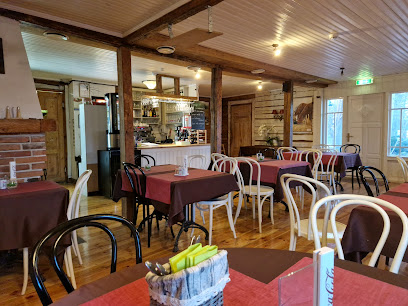
Roograhu restaurant
Experience exquisite local cuisine at Roograhu Restaurant in Hiiu County – where flavors meet tradition amidst stunning natural beauty.
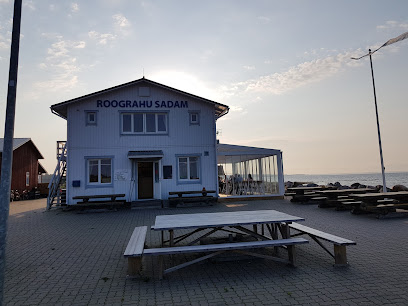
Lest & Lammas Resto
Experience authentic Estonian cuisine at Lest & Lammas Resto in Kassari Village - where local flavors meet warm hospitality.
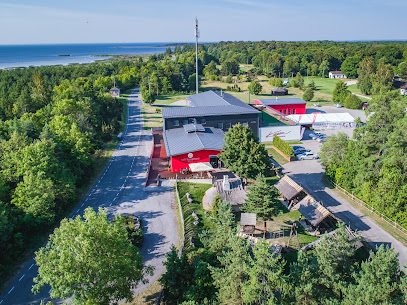
Rannu pubi
Discover authentic Estonian cuisine at Rannu Pubi in Käina—where home-cooked meals meet warm hospitality.

PANNKOOGIMAJA
Discover the enchanting world of pancakes at Pannkoogimaja in Kärdla – where every bite tells a story!
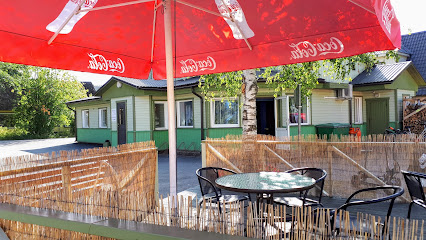
Cafe Gahwa
Discover the warmth of Café Gahwa in Kärdla – where fresh flavors meet cozy vibes for an unforgettable dining experience.
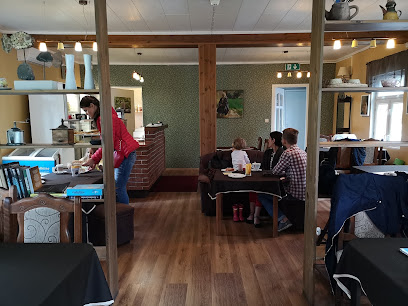
Padu hotel
Experience culinary delights and cozy accommodations at Padu Hotel in Kärdla - your perfect getaway in Hiiu County.

Šampanjabaar ja restoran Kork
Discover gourmet delights at Šampanjabaar ja restoran Kork in Kärdla – where exquisite cuisine meets elegant ambiance.
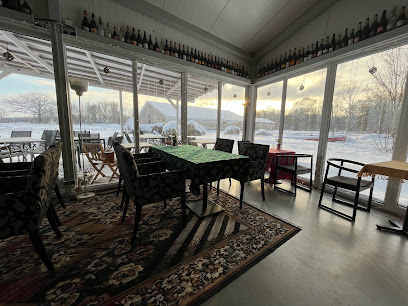
Meite Möte
Experience the warmth of Hiiu County at Meite Möte—your destination for delicious local cuisine and cozy ambiance.
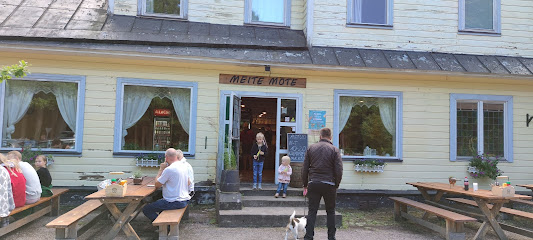
Masala
Discover the rich flavors of Asia at Masala in Kärdla—where authentic cuisine meets warm hospitality.
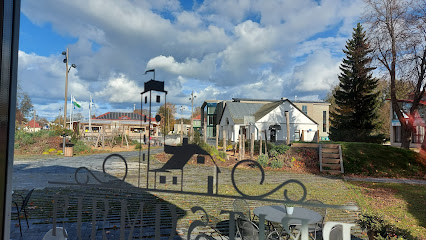
Kalana ÄÄR
Experience authentic Estonian cuisine at Kalana ÄÄR in beautiful Kalana - where delicious food meets stunning coastal views.
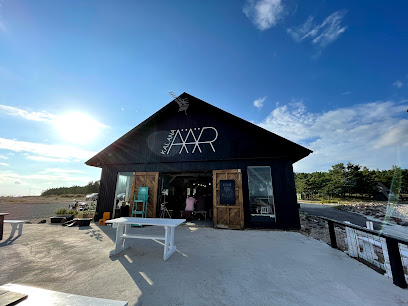
Söökla Sõnajala
Experience authentic Estonian cuisine at Söökla Sõnajala in Kärdla—where local flavors meet warm hospitality.
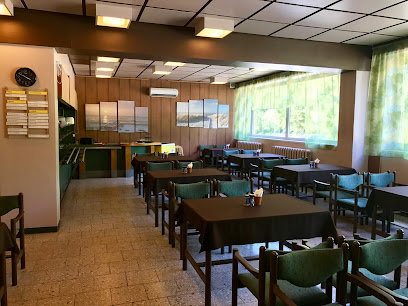
Hiiumaa Pruulikoja Resto
Experience authentic Estonian cuisine at Hiiumaa Pruulikoja Resto in Kärdla - a culinary haven for food enthusiasts.
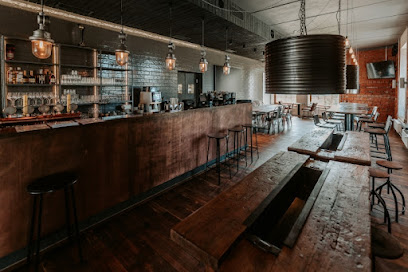
Kao Thai
Experience authentic Thai flavors at Kao Thai in Käina—where culinary tradition meets fresh ingredients in every dish.
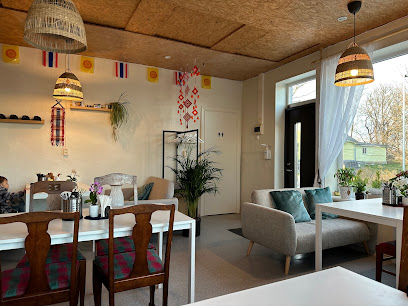
Markets, malls and hidden boutiques
Hiiumaa Selver
Explore Hiiumaa Selver, a premier supermarket in Estonia offering a wide selection of local groceries and fresh produce for an authentic shopping experience.
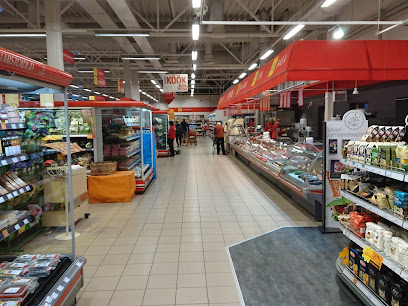
Käina Coop Konsum | Construction Centre
Käina Coop Konsum in Hiiumaa: Your go-to supermarket for local goodies and essentials, offering a warm shopping experience.
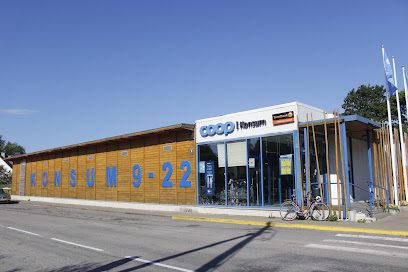
Tormi Konsum
Discover the best of local and international shopping at Tormi Konsum, your go-to supermarket in Kärdla, Hiiu County.
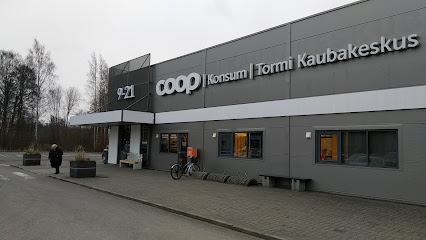
Hiiumaa Kaubamaja
Discover Hiiumaa Kaubamaja: Your one-stop destination for local goods, groceries, and unique souvenirs in the heart of Kärdla.
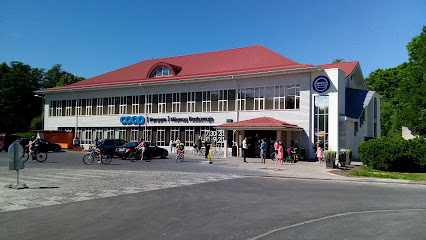
Stonefish
Discover the freshest seafood and fishing gear at Stonefish in Kärdla, Hiiu County – a must-visit for culinary lovers and fishing enthusiasts.

Coop Kõrgessaare
Explore the best of local and international goods at Coop Kõrgessaare, your supermarket destination in the heart of Hiiu County.
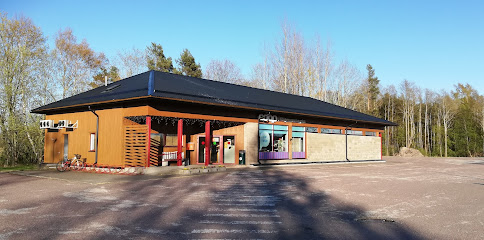
Coop Emmaste
Explore the charm of Coop Emmaste, a local supermarket offering fresh produce and local delights in the heart of Hiiu County, Estonia.
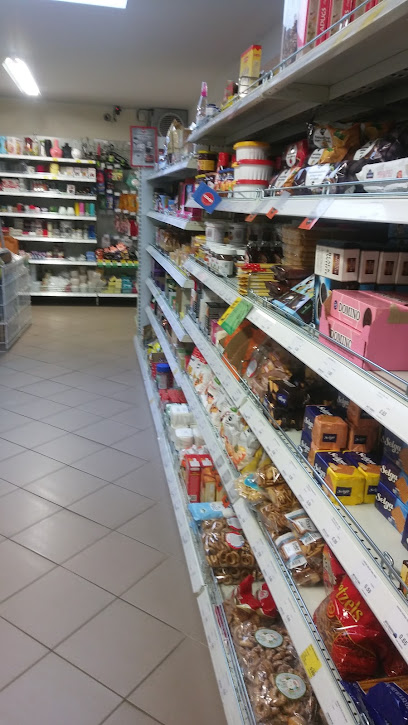
Coop Hiiumaa
Explore local flavors and essentials at Coop Hiiumaa, a vibrant store in Kärdla offering a taste of Estonian culture.
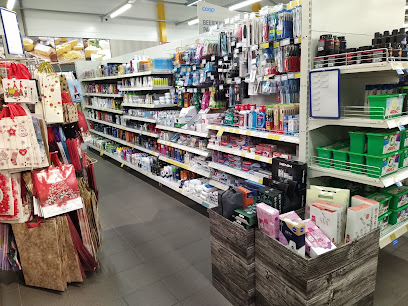
Coop
Discover local flavors and community spirit at Coop, the premier supermarket in Suuremõisa, Hiiu County.
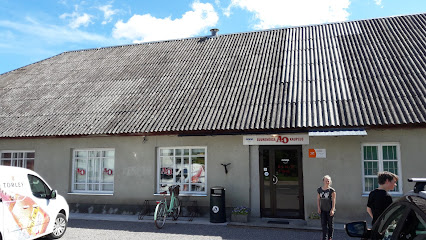
Hiiu Coop Konsum
Explore Hiiu Coop Konsum, Kärdla's premier supermarket for local flavors and everyday essentials in Hiiu County.
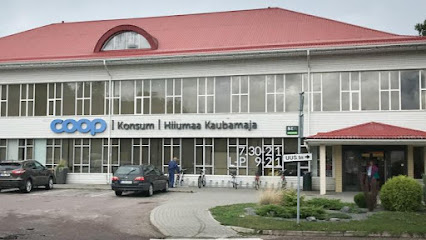
Heltermaa käsitöömaja
Explore Estonian craftsmanship at Heltermaa Käsitöömaja - a unique craft store in Hiiumaa showcasing local artistry and handmade treasures.
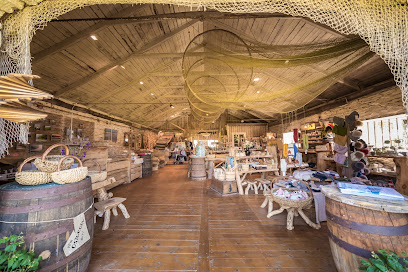
Lõpe külapood OÜ
Discover local flavors at Lõpe külapood OÜ, a charming grocery store in the heart of Hiiu County, Estonia, offering organic and authentic Estonian products.

Samaaria pood
Explore the charm of Samaaria Pood, a thrift store in Kärdla offering unique second-hand treasures while supporting local charities.
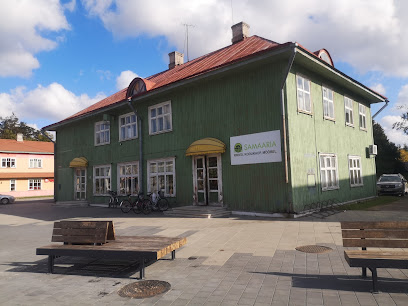
Hiiumaa Käsitööselts MTÜ
Experience the essence of Estonian craftsmanship at Hiiumaa Käsitööselts MTÜ, your gateway to unique art and local traditions.
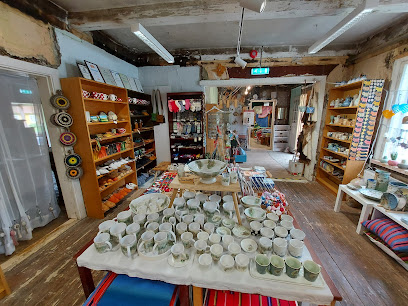
Kauplus Laurus
Discover stylish apparel and unique local crafts at Kauplus Laurus, Kärdla's premier clothing store. A must-visit for fashion lovers!
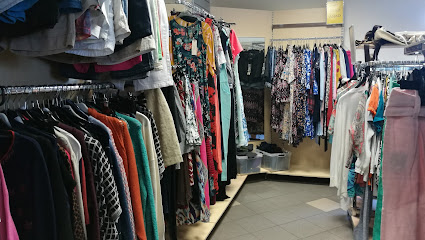
Essential bars & hidden hideouts
Rannapaargu restaurant
Discover the flavors of Hiiu County at Rannapaargu Restaurant, where local ingredients meet international culinary flair in a cozy setting.
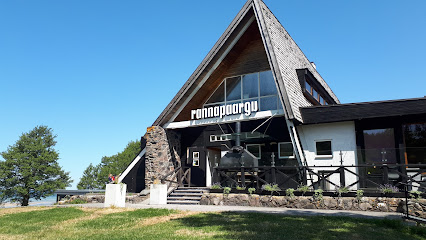
Mamma Mia Pizzeria Italiana & Guesthouse
Experience the taste of Italy at Mamma Mia Pizzeria Italiana & Guesthouse in Kärdla, where delicious cuisine meets warm hospitality.
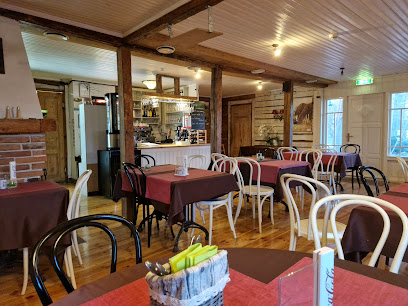
Rannu pubi
Discover the flavors of Hiiu County at Rannu Pubi, a cozy restaurant serving authentic Estonian cuisine in a welcoming atmosphere.

Šampanjabaar ja restoran Kork
Discover the perfect blend of fine dining and vibrant bar culture at Šampanjabaar ja restoran Kork in Kärdla, Hiiu County, Estonia.
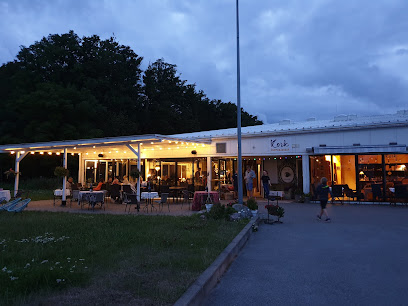
Meite Möte
Experience the delightful flavors of Hiiu County at Meite Möte, where local cuisine meets a warm, inviting atmosphere.
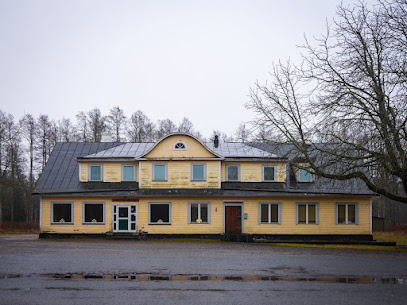
Masala
Discover the vibrant flavors of Asia at Masala, Kärdla's premier Asian restaurant, perfect for food lovers seeking authentic culinary experiences.

Luige baar
Discover the lively atmosphere of Luige Baar in Käina, where locals and tourists come together for unforgettable nights in Hiiu County.

Sõru kõrts
Discover the warmth of Estonian hospitality at Sõru Kõrts, where local flavors and a cozy atmosphere await you.
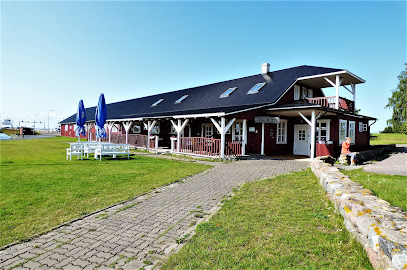
Söökla Sõnajala
Discover the authentic taste of Estonia at Söökla Sõnajala, where fresh ingredients and local flavors meet in a cozy setting.
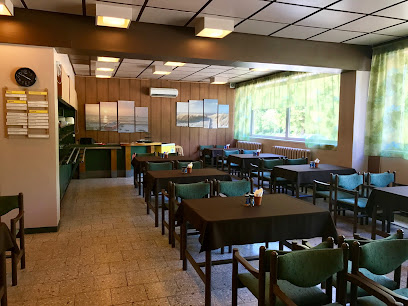
Hiiumaa Pruulikoja Resto
Experience the rich flavors of Estonian cuisine and handcrafted brews at Hiiumaa Pruulikoja Resto in Kärdla.
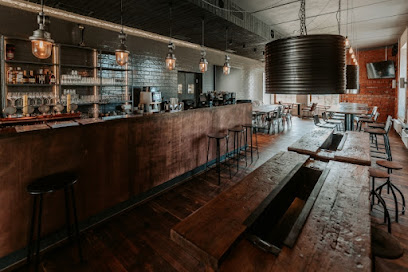
Kati söögituba
Discover the authentic flavors of Estonia at Kati Söögituba in Emmaste, where local ingredients meet warm hospitality.
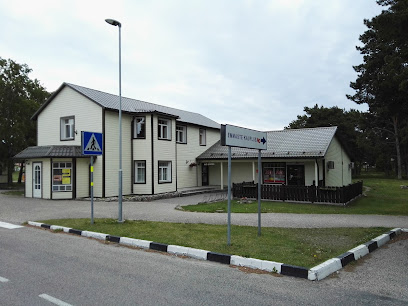
Briis Bar & Resto
Experience the best of local cuisine at Briis Bar & Resto in Kärdla, where grilled flavors meet a cozy atmosphere.

FIE Merike Kesküla Heltermaa baar
Experience the warmth and hospitality of FIE Merike Kesküla Heltermaa Baar, a cozy bar in Hiiu County offering local flavors and a welcoming atmosphere.
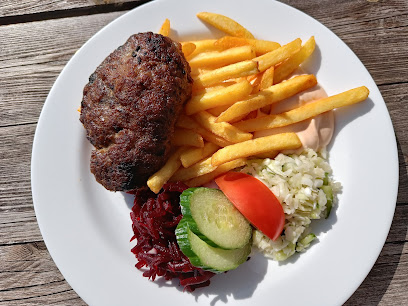
Paradise Beach Bar Hiiumaa
Experience the best of Hiiumaa at Paradise Beach Bar, where vibrant cocktails and delicious hamburgers meet stunning coastal views.
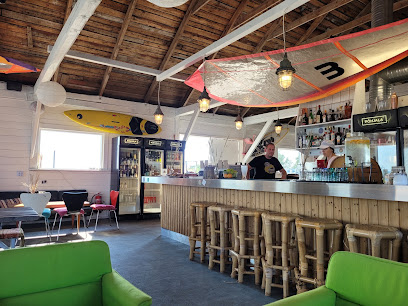
Corona Chill & Grill
Experience the vibrant coastal cuisine at Corona Chill & Grill, a culinary gem in Kalana, Hiiu County, perfect for food lovers and travelers alike.
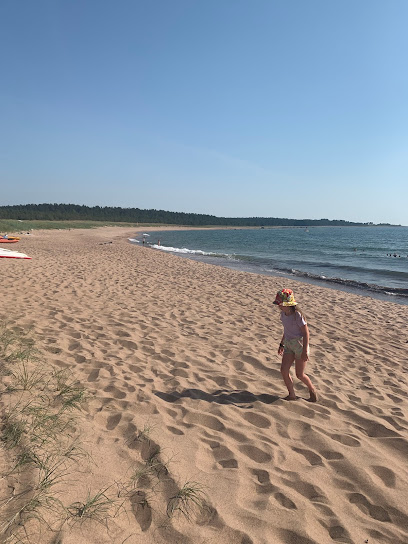
Local Phrases about Hiiumaa Island
-
- HelloTere
[teh-reh] - GoodbyeHead aega
[hed ah-gah] - YesJah
[yah] - NoEi
[ay] - Please/You're welcomePalun
[pah-loon] - Thank youAitäh
[eye-tah] - Excuse me/SorryVabandust
[vah-bahn-doost] - How are you?Kuidas sul läheb?
[kwee-dahs sool leh-heb] - Fine. And you?Hästi. Ja sina?
[hah-shtee yah see-nah] - Do you speak English?Kas sa räägid inglise keelt?
[kahs sah rah-ee-geed een-glee-seh kehlt] - I don't understandMa ei saa aru
[mah ay sah ah-roo]
- HelloTere
-
- I'd like to see the menu, pleaseMa sooviksin menüüd näha, palun
[mah soh-veeks-een meh-noo-ood nah-hah pah-loon] - I don't eat meatMa ei söö liha
[mah ay suh luh-hah] - Cheers!Terviseks!
[tehr-vee-seks] - I would like to pay, pleaseMa sooviksin maksta, palun
[mah soh-veeks-een mahk-stah pah-loon]
- I'd like to see the menu, pleaseMa sooviksin menüüd näha, palun
-
- Help!Appi!
[ah-pee] - Go away!Mine minema!
[mee-neh mee-neh-mah] - Call the Police!Kutsu politsei!
[koot-soo poh-lee-tseh] - Call a doctor!Kutsu arst!
[koot-soo ah-rst] - I'm lostMa olen eksinud
[mah oh-lehn ehk-see-nood] - I'm illMa olen haige
[mah oh-lehn hah-ee-geh]
- Help!Appi!
-
- I'd like to buy...Ma sooviksin osta...
[mah soh-veeks-een oh-stah] - I'm just lookingMa vaatan lihtsalt
[mah vah-tahn leekh-tsalt] - How much is it?Kui palju see maksab?
[kwee pahl-yoo seh mahk-sahb] - That's too expensiveSee on liiga kallis
[seh ohn lee-gah kahl-lees] - Can you lower the price?Kas sa saaksid hinda alandada?
[kahs sah sah-kseet heen-dah ah-lahn-dah-dah]
- I'd like to buy...Ma sooviksin osta...
-
- What time is it?Mis kell on?
[mees kehl ohn] - It's one o'clockOn üks tund
[ohn uks toond] - Half past (10)Pool (10)
[pool (dix)] - MorningHommik
[hohm-meek] - AfternoonPärastlõuna
[pah-rahst-loh-nah] - EveningÕhtu
[ohkh-too] - YesterdayEile
[ay-leh] - TodayTäna
[tah-nah] - TomorrowHomme
[hohm-meh] - 1Üks
[ooks] - 2Kaks
[kahks] - 3Kolm
[kohlm] - 4Neli
[neh-lee] - 5Viis
[vees] - 6Kuus
[koos] - 7Seitse
[sayt-seh] - 8Kaheksa
[kah-hehk-sah] - 9Üheksa
[oo-hehk-sah] - 10Kümme
[koom-meh]
- What time is it?Mis kell on?
-
- Where's a/the...?Kus on...?
[koos ohn] - What's the address?Mis on aadress?
[mees ohn ah-ah-dress] - Can you show me (on the map)?Kas sa saaksid mulle näidata (kaardil)?
[kahs sah sah-kseet mool-leh nah-ee-tah tah-ree-dil] - When's the next (bus)?Millal on järgmine (buss)?
[meel-lahl ohn yairg-mee-neh boos] - A ticket (to ....)Pilet (....le)
[pee-leht (leh)]
- Where's a/the...?Kus on...?
History of Hiiumaa Island
-
Hiiumaa Island, known as Dagö in Swedish, has a rich history dating back to the Bronze Age. Archaeological findings suggest that the island was inhabited as early as 4,000 years ago. The ancient settlements were primarily agrarian, utilizing the island’s fertile soil and abundant natural resources.
-
During the 13th century, Hiiumaa came under the control of the Livonian Order, a branch of the Teutonic Knights. The island was fortified with several castles and manors. The most notable of these is the Suuremõisa Manor, which still stands today as a testament to the medieval architecture and the island's strategic importance during the period.
-
In the 16th and 17th centuries, Hiiumaa was under Swedish dominion. This era saw significant cultural and architectural development. The Swedish influence is still evident in many of the island’s churches and buildings. One of the most famous structures from this period is the Kõpu Lighthouse, built in 1531, which is one of the oldest lighthouses in the world still in operation.
-
After the Great Northern War in the early 18th century, Hiiumaa was ceded to the Russian Empire. The island became a part of the Governorate of Estonia. This period brought about more infrastructural development, including the construction of military fortifications and the expansion of Hiiumaa's ports to bolster trade and defense.
-
Hiiumaa, like the rest of Estonia, experienced significant changes during the Soviet era, from 1944 to 1991. The island was heavily militarized, with restricted access to many areas. Soviet influence is still visible in some of the island's architecture and abandoned military installations, which have become points of interest for visitors.
-
Since Estonia regained independence in 1991, Hiiumaa has transformed into a peaceful and picturesque destination. The island has focused on preserving its natural beauty and cultural heritage. Festivals celebrating Estonian traditions and history are common, and the island is known for its vibrant arts scene and hospitable locals.
Hiiumaa Island Essentials
-
Hiiumaa Island is accessible primarily by ferry from the Estonian mainland. The most common route is from the port of Rohuküla to Heltermaa, with regular ferry services provided by TS Laevad. The journey typically takes around 1.5 hours. Alternatively, during the summer months, there are also ferry connections from Saaremaa Island. Hiiumaa can be reached by air as well, with flights from Tallinn to Kärdla Airport taking approximately 30 minutes.
-
Once on Hiiumaa Island, there are several transportation options available. Car rentals are a convenient way to explore the island at your own pace. Bicycles are also a popular choice, with several rental shops available. Public buses operate between major towns and villages on the island, and taxis are readily available in Kärdla and other larger settlements. For a more scenic experience, consider walking or cycling along the island's numerous trails.
-
The official currency in Estonia is the Euro (EUR). Credit and debit cards are widely accepted in most establishments on Hiiumaa Island, including hotels, restaurants, and shops. However, it is advisable to carry some cash for smaller purchases and in more remote areas. ATMs are available in Kärdla and other larger towns.
-
Hiiumaa Island is generally a very safe destination for tourists. Crime rates are low, and violent crime is rare. However, it is always wise to take standard precautions such as keeping an eye on personal belongings and avoiding isolated areas at night. There are no specific high-crime areas targeting tourists on the island.
-
In case of emergency, dial 112 for immediate assistance. This number connects you to police, fire, and medical services. Hiiumaa has a hospital located in Kärdla, which provides essential medical services. Pharmacies are available in larger towns for over-the-counter medications. It is recommended to have travel insurance that covers medical emergencies.
-
Fashion: Do dress comfortably and in layers, as the weather can be unpredictable. Avoid overly casual clothing when dining in nicer restaurants. Religion: Do respect local religious customs, especially when visiting churches. Public Transport: Do use polite behavior and give up your seat to elderly passengers. Don't eat or drink on public transport. Greetings: Do greet people with a smile and a simple 'Tere' (Hello). Handshakes are common, especially in formal settings. Eating & Drinking: Do try local dishes such as smoked fish and black bread. Don't refuse hospitality, as it is considered impolite.
-
To experience Hiiumaa Island like a local, visit the local markets where you can buy fresh produce and handmade crafts. Engage with locals, who are often friendly and happy to share stories about their island. Don't miss visiting the Kõpu Lighthouse, one of the oldest lighthouses in the world, and the Ristna Surfing Beach, popular among surfers for its excellent conditions. For a unique experience, explore the Hiiumaa Military Museum, which offers insights into the island's history during the Soviet era.
Trending Landmarks in Hiiumaa Island
-
Haapsalu Castle
-
Alpakafarm OÜ
-
Tahkuna lighthouse
-
Tuletorni kohvik (Lighthouse Cafe)
-
Wooden copy of the Eiffel Tower
-
Angla Windmill Park
-
Elamuskeskus Tuuletorn - Windtower Experience
-
Ristna lighthouse
-
Hiiumaa Military Museum
-
Hiiumaa
-
RMK Tõrvanina camping
-
Sõru sadam
-
Vaemla villavabrik
-
Pädaste Manor - a small luxury retreat & spa
-
Meite Möte
Nearby Cities to Hiiumaa Island
-
Things To Do in Haapsalu
-
Things To Do in Kuressaare
-
Things To Do in Pärnu
-
Things To Do in Rapla
-
Things To Do in Tallinn
-
Things To Do in Paide
-
Things To Do in Turku
-
Things To Do in Ventspils
-
Things To Do in Espoo
-
Things To Do in Viljandi
-
Things To Do in Talsi
-
Things To Do in Helsinki
-
Things To Do in Rakvere
-
Things To Do in Kuldiga
-
Things To Do in Jurmala

